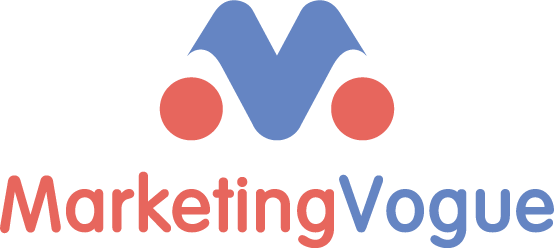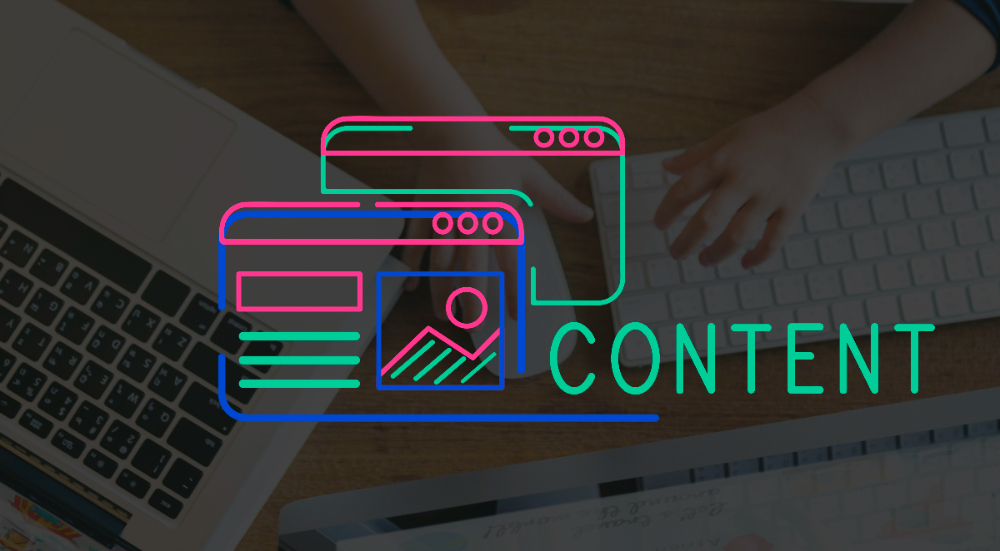Finding the Right Content Format for Effective Content Syndication
In B2B lead generation, the main goal is straightforward: generate a steady stream of qualified leads. One of the most powerful tactics to achieve this is content syndication. However, for your campaign to succeed, one of the most important elements is the type of content you choose to distribute. A common question that arises when planning a content syndication campaign is: “What type of content works best?” The answer varies based on several factors, including your target audience, where they are in their buyer’s journey, and what product or service you’re offering.
To help you make the right decision, here’s a breakdown of the most effective content formats for syndication campaigns.
1. Whitepapers and E-books
Whitepapers and e-books are comprehensive resources filled with valuable insights and data. These formats are particularly effective for professionals looking for deep, detailed information. They work well for decision-makers in industries like IT or technology, who are seeking in-depth analysis. Offering these resources can drive qualified leads who are actively seeking expert knowledge.
2. Webinars and Virtual Events
With digital interactions becoming the norm, webinars and virtual events provide an opportunity for real-time engagement. These formats are great for those looking for a learning experience or a chance to engage with experts and peers. Webinars, in particular, attract mid-level and senior professionals who value knowledge-sharing and networking opportunities.
3. Case Studies
Case studies are a proven way to showcase real-world applications and the effectiveness of your solution. They appeal to decision-makers who want evidence of how your product or service can solve their challenges. Sharing success stories that highlight results will help build credibility and trust.
4. Interactive Content (Assessments, Calculators)
Interactive content, such as assessments and calculators, is perfect for engaging potential leads in a hands-on way. These formats attract individuals who like to interact with the content to gain personalized insights. They’re effective for capturing highly engaged leads, as they offer valuable, actionable information based on the user’s input.
5. Industry Reports and Research Studies
For professionals who want to stay ahead of industry trends and gain valuable market insights, industry reports and research studies are key. These formats provide a comprehensive view of market conditions and can help decision-makers make informed strategic choices. Offering these reports can position your brand as a trusted authority in your industry.
6. Templates and Toolkits
When your audience needs immediate solutions, templates and toolkits are highly effective. These resources provide ready-to-use tools, making them appealing to professionals who need practical solutions to improve their operations. Managers and executives often look for resources that can save time and increase efficiency.
7. Podcasts and Video Series
For professionals on the go, podcasts and video series offer valuable information in an easy-to-consume format. These are ideal for time-strapped individuals who want to learn during their commute or breaks. Offering podcast episodes or a series of educational videos can attract leads who prefer audio or visual content over traditional reading materials.
8. Checklists and Cheat Sheets
If your goal is to provide quick, actionable insights, checklists and cheat sheets are perfect. These compact resources offer bite-sized, easily digestible information that is perfect for professionals who need fast solutions or reminders. They’re great for increasing engagement and encouraging lead conversions.
Conclusion
The right content format can make or break your content syndication campaign. Even the most valuable content may fail to deliver results if it’s presented in the wrong format. By choosing the content type that aligns with your audience’s needs, you can ensure that your campaign drives engagement and generates qualified leads. Remember, it’s not just about the content itself—it’s about how you package and deliver it.


